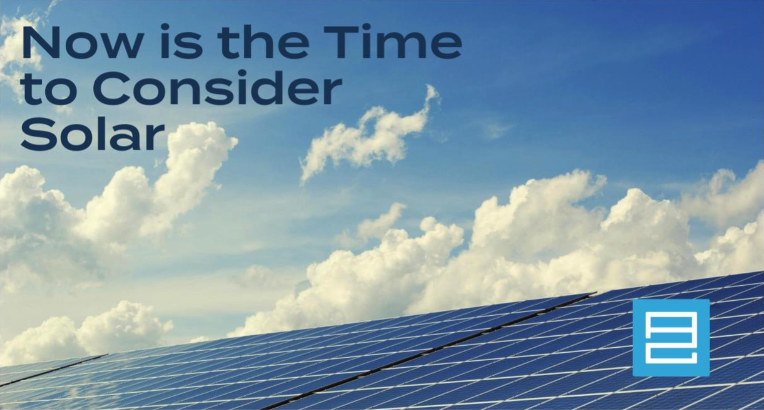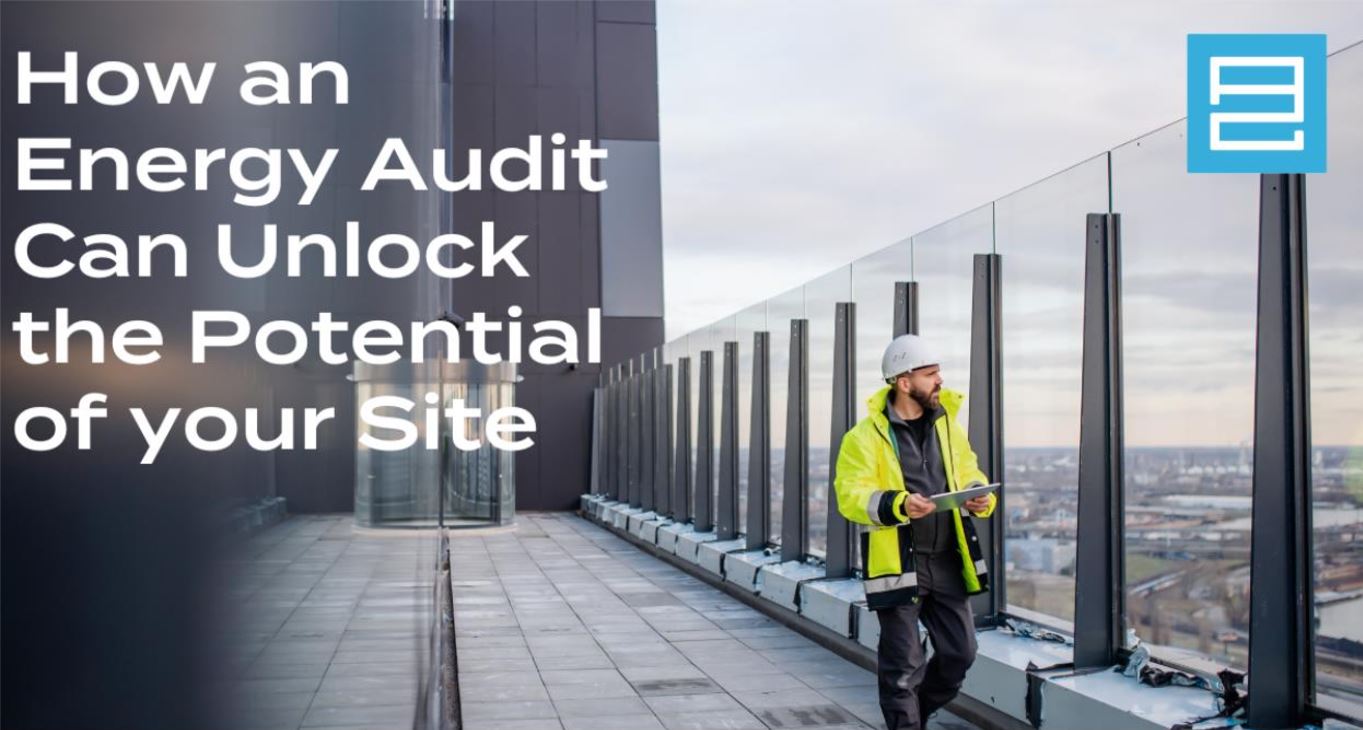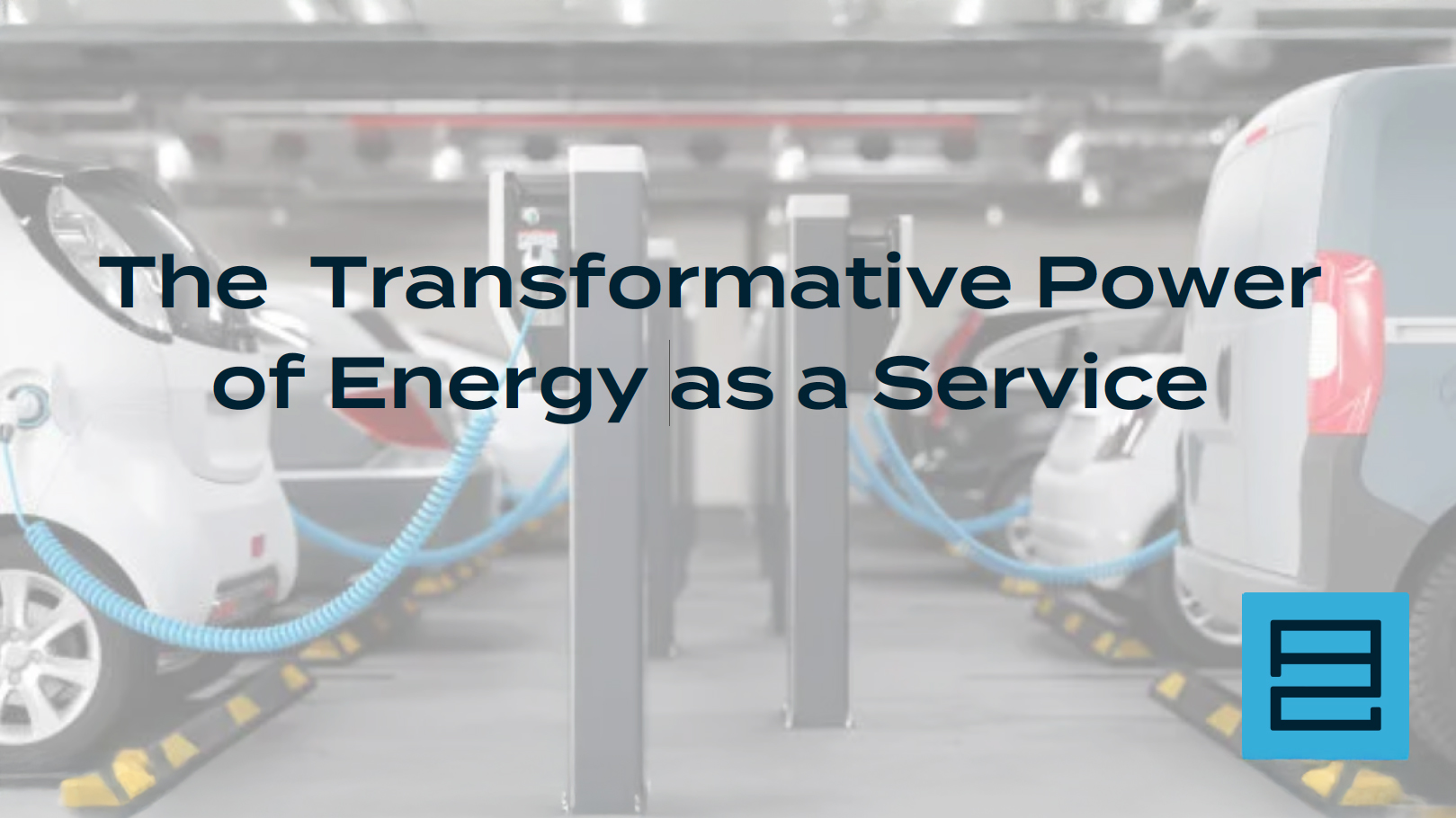The Bright Future of Solar Energy: Why We Should Embrace It and Why Now is the Time to Invest
In recent years, solar energy has emerged as a leading contender in the quest for sustainable and renewable energy sources. To advance the shift away from fossil fuels, government initiatives such as the Inflation Reduction Act of 2022 (IRA) signed by President Biden in August 2022 included provisions which offer significant tax incentives to reduce the net cost of investment in clean energy. Specifically, an investment tax credit equal to 30-40% or more of the qualified cost of a solar system may be claimed following installation. Under the current legislation, credits are set to phase out in 2032. However, some within the Republican party have expressed the desire to repeal or revise the IRA, putting the tax credits under threat of elimination. With the upcoming change to a Republican administration, now is a good time to consider or reconsider investing in solar – the benefits of which are undeniable and far-reaching.

Economic Savings
One of the most compelling reasons to invest in solar energy is the significant economic savings it offers. Solar panels can drastically reduce or even eliminate your electricity bills, with savings in the tens of thousands of dollars over the lifespan of the system. With energy prices on the rise, locking in a low rate for solar electricity can provide financial stability
and peace of mind. Additionally, by placing a solar system in service, business and real estate owners can take advantage of the tax credits currently available under the IRA.
Environmental Impact
Solar energy is a clean, renewable resource that reduces our reliance on fossil fuels. By harnessing the power of the sun, we can decrease greenhouse gas emissions. Many stakeholders, concerned with the long-term impact of climate change, view solar energy as the most environmentally conscious choice, whether you are an owner of a business or prefer to work for a business that invests in renewable energy.
Energy Independence
Investing in solar energy also promotes energy independence. By generating your own electricity, you become less reliant on the grid and less vulnerable to energy price fluctuations. This can be particularly beneficial in times of energy crises or natural disasters. In the state of California, for example, a recent study by energytoolbase found that electric rates escalated at a compound annual growth rate (CAGR) of 4.0% to 7.4% over the last 10 years, depending on the investor-owned utility (IOU). Increasing rates by the IOUs are driven by several factors including fuel and energy costs to generate electricity, changes in demand/consumption, infrastructure investments that need to be made, regulatory and policy changes, and environmental mandates.[1]
Job Creation and Economic Growth
The solar industry has been a significant driver of job creation and economic growth. As the demand for solar energy increases, so does the need for skilled workers to install, maintain, and innovate solar technologies.
Increased Property Value
Businesses equipped with solar panels often see an increase in property value. Potential buyers are attracted to the prospect of lower energy bills and a reduced carbon footprint.
Versatility and Adaptability
Solar energy systems are incredibly versatile and can be installed in a variety of settings, from urban rooftops to rural fields. Advances in technology have made solar panels more efficient and adaptable to different environments, ensuring that even areas with less sunlight can benefit from solar energy.
Utility Rates Will Continue to Escalate
In July 2024, the California Public Utilities Commission issued its report to the governor and legislature on actions to limit utility cost and rate increases. Included in this report are forecasts provided by the IOUs for electricity rate increases over the next four years compared to the end of year 2023 average rates. Within that report, depending on the utility, bundled rates for small commercial businesses are expected to increase 20% to 49%, or an average 5% to 12.4% per year, well above current inflation. Costs cited to justify the rate forecasts include investments in wildfire mitigation measures, clean energy resources and electric systems reliability enhancements, as well as to reflect the cost impact of solar billing programs that give credits to customers who generate excess electricity.
Conclusion
While the future of solar energy tax credits may be uncertain, future rate increases are not and the benefits of solar energy are clear and compelling. By investing in solar power, we can save money, protect the environment, create jobs, and increase our energy independence. Taking advantage of the tax credits still available today, coupled with long-term energy savings, typically results in a very high return on investment (ROI) and a relatively short payback period.
Now is the time to consider solar.
[1] Electric Bill Inflation in California A 10-YEAR LOOKBACK STUDY AT ELECTRIC COST INFLATION IN CALFORNIA’S BIG THREE IOU TERRITORIES By Adam Gerza, Yulia Krivchenkova, Ryan Webster & Lindsey Paulk
A2 Energy Partners is a leader in providing industry-leading energy management services to our customers, while expertly navigating the often complex nature of financing these initiatives. Connect with us today to discuss how our team can deliver lasting value for your business or real estate portfolio.


